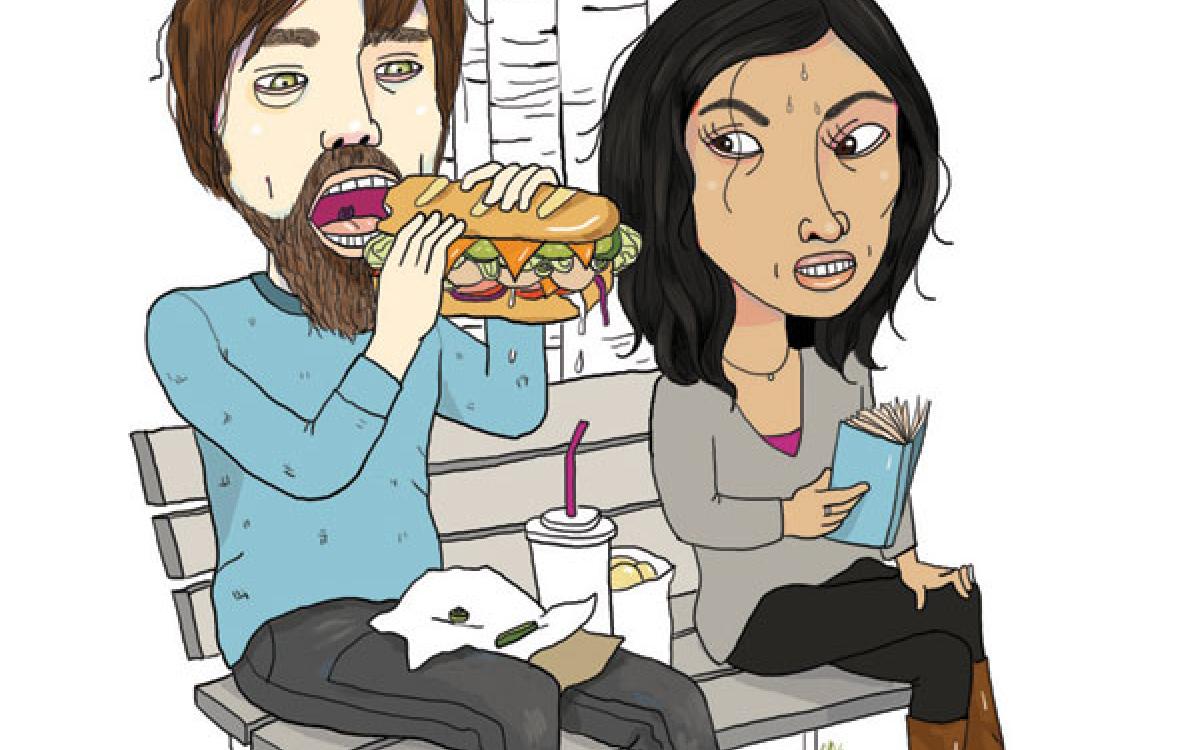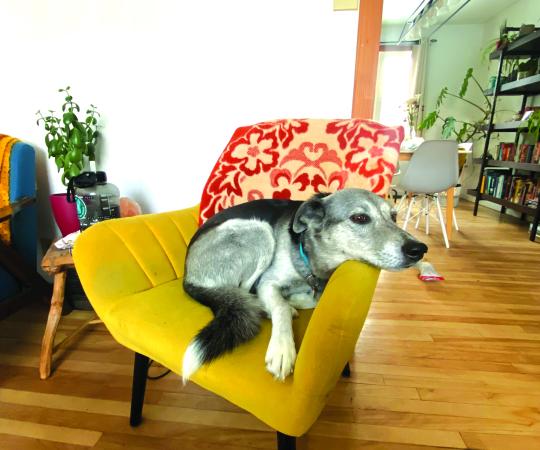During my first summer in the North, I fell in love with the long sun-lit days. My energy seemed boundless and I embraced every minute, finally flopping into bed around midnight every day, exhausted but happy. I never thought I’d grow tired of it all.
But then, in July, came Ramadan. In the Islamic calendar, Ramadan is a month of fasting from dawn to dusk. That means no food, no beverages (no, not even water), no smoking and no sex as long as the sun’s up. I observed Ramadan as a teenager, since my family is Muslim and I lived in the Middle East. I’ve stopped fasting in recent years, but I still called my Syrian grandmother halfway around the world to wish her a blessed Ramadan.
“When does the sun set at the North Pole?” she asked. I’d given up trying to explain that Yellowknife is nowhere near there. Instead I told her sunset was at 11 p.m.
“How do people fast? There must be a way,” she said, and then went on to ask, as always, when I was moving back to civilization.
Her first question got me thinking. I knew most of Yellowknife’s Muslim community followed the Ramadan schedule for the nearest big city, Edmonton, where sunset was around 10 p.m. Others broke their fast at the time of sunset in Mecca, Saudi Arabia—around 7 p.m. And then there was the hardcore group that waited until sunset in Yellowknife, which meant nearly 20 hours of fasting every day. I wondered what that was like—and then, naturally, had to try it myself.
Since dawn in Yellowknife in July is around 3:30 a.m., my first day of fasting began without breakfast. The hunger pangs started almost immediately. My half-hour walk to work, uphill from Yellowknife’s Old Town, was grueling, because I couldn’t drink any water. My mouth was dry all day. I’m not sure what’s more difficult when fasting: dealing with hunger, thirst, or bad breath. By mid-afternoon, I was irritable and sleepy. It was pleasantly warm and the park was full during lunch hour. I, however, silently cursed the sun.
On the upside, I met a Muslim family who graciously invited me to join them in breaking the fast that night. Even better, they followed the Mecca schedule, so I wouldn’t have to wait until sunset.
That evening when I hopped into a cab to go to their place, it turned out the driver was also observing Ramadan. I asked how he approached the issue of fasting this far North. He simply said: “You should follow what you believe in.” But I could tell he was of the hardcore camp—he’d likely break his fast at sunset Yellowknife time. And why not? The North is, after all, a land of extremes.
So the next time I tried fasting, I too went hardcore—all the way to sunset. By the time I walked home from work that day, I was too grouchy to admire the lakeside view, and too tired to do anything but nap. I stumbled out of bed three hours later to make my meal.
As I stirred my soup, I felt a familiar serenity wash over me—the knowledge that in a few minutes, I’d be able to eat again. In my dazed, groggy state, I began to reflect on what drives people. It was the promise of food and water that had kept me going all day. I thought of all the incredible Arctic survival stories I’ve read about—like members of the Franklin expedition who ate their boots, or even their fallen comrades, when they were starving—and the amazing feats people have accomplished when they’re on the brink of death and have no idea when their next meal will be. Who am I to complain of a day without snacks, when others have survived for far longer and with far less?
So when I took my first sip of soup, I thought, “Well that wasn’t so bad. I’d do it again.”










